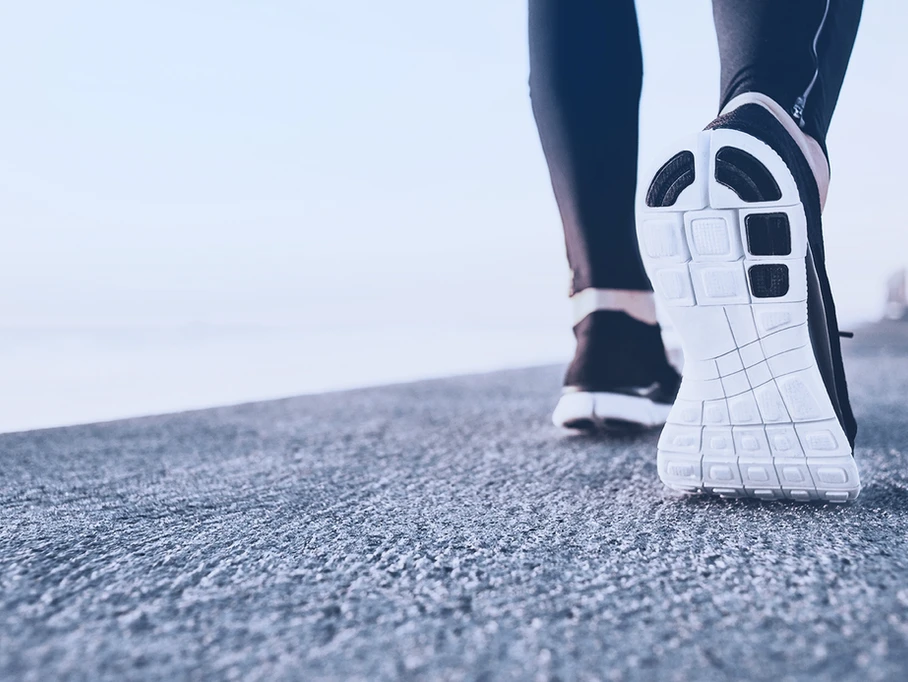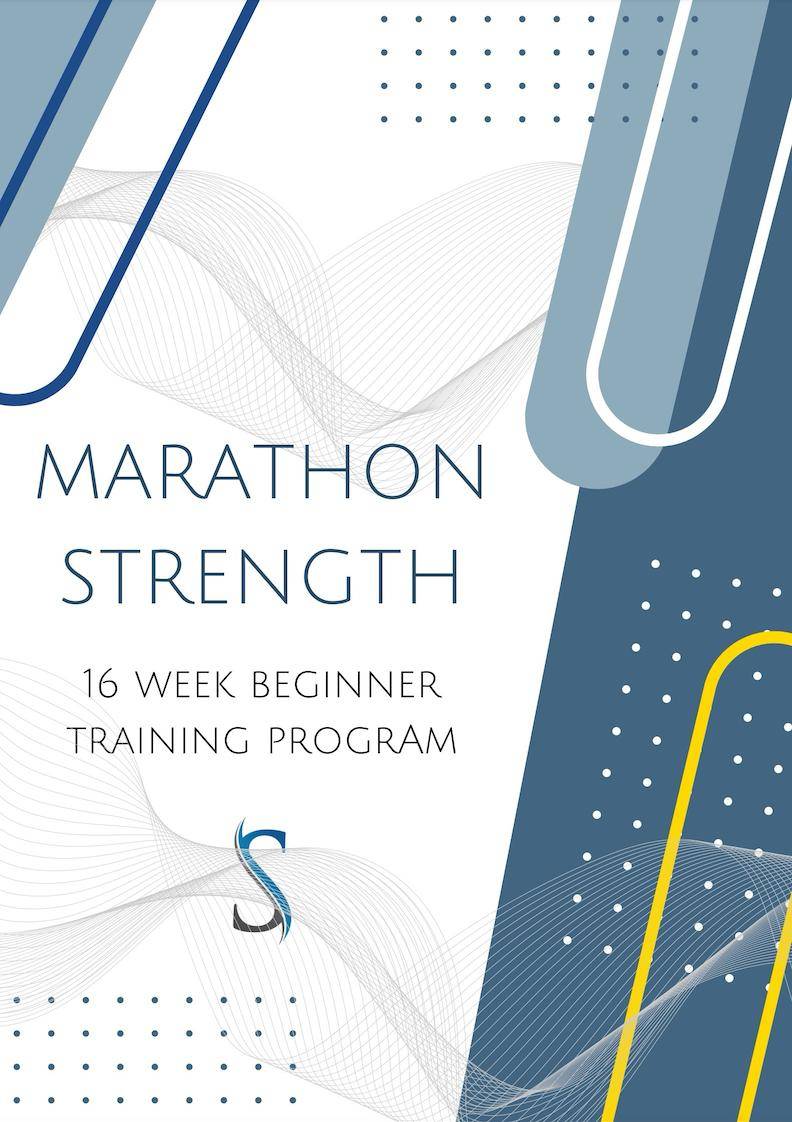
[The Return to] Spring Running and the Ankle
Here in the Midwest (Wisconsin), the temperatures are finally creeping above zero. And as the sun comes out and consecutive days above freezing get strung together, people emerge, blinking, from their hibernation caves, breathing the fresh air. After months of (at worst) lying dormant under layers of blankets, or (at best) logging stuffy miles on the treadmill inside.*
*Side note: I do understand that some people participate in outdoor activities in the winter. I am one of the few non-winter-lovers that continues to live here despite weeks of deep freeze and the feet of snow that require shoveling every year.
One way or the other, hitting the ground running (so to speak) after complete or relative rest, can lead to unwanted aches and pains. Especially if there is still snow or ice on the roads, sidewalks and trails. Depending on where the sun can reach, the time of day and snow-melt-run-off, a runner may face a combination of clear, snowy or icy paths.
For better traction when cleared streets, trails or sidewalks can’t be found, strap on some Yaktrax or screw shoes. Even with those, keep an eye out for snow versus partially shoveled snow as it’s less slippery. Also beware sidewalks that look wet if the temps are just around freezing, black ice (sometimes called clear ice) is very hard to discern from actual melt and because it’s so thin, is very hard to gait traction on.
One way or the other, if you’ve been staying inside to avoid colder temperatures and inclement weather, there are some steps you should take while returning to run outside.
- Start back slow – Even if you’ve been training on a treadmill, the transition to running outside is usually generally considered harder than the same distance inside, even if you do add in incline work
- Strengthen your anterior tibialis – treadmills (unless you have the VERY expensive kind) don’t allow you to run down inclines and as you encounter these in the wild, you may be more prone to shin splints (see our earlier post on shin splints). Eccentric resisted dorsiflexion (below) and heel walking are great anterior tibialis exercises
- Train the [posterior] chain – treadmills also don’t allow for turns, meaning you get no lateral motion while getting runs in. Stiff and/or weak posterior and lateral hips can lead to a whole host of back, hip, knee and ankle/foot issues
(*Dogs not required)
- Get to work on that foot yoga – running outside, regardless of the footwear that you choose as best for you, requires much more work from the small stabilizing muscles in your foot and ankle
- Work on ankle stability – heel raises in neutral and with your toes turned in and out, as well as resisted inversion and eversion, lateral hopping and working on single leg balance on uneven surfaces will help to train your proprioceptive response to better react if you do happen to slip on some snow or ice
Before we know it, we might even be hoping for some cooler temps to get longer runs in!


